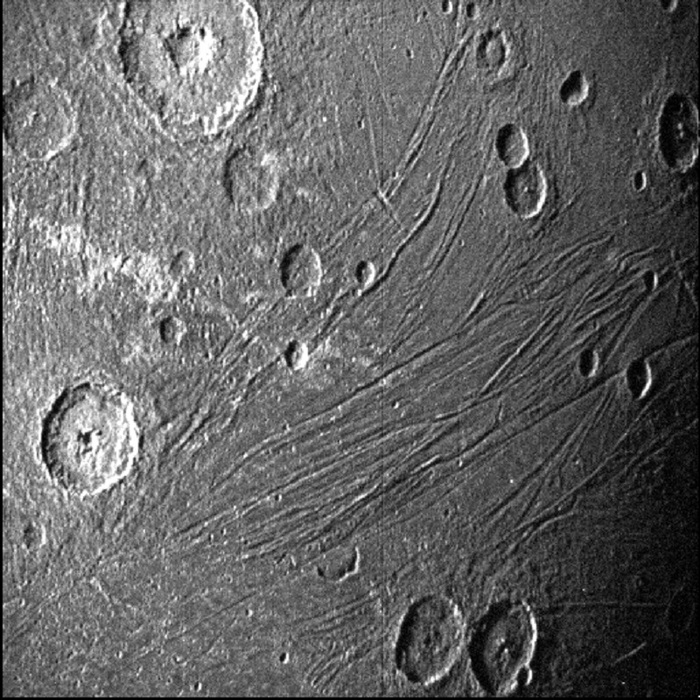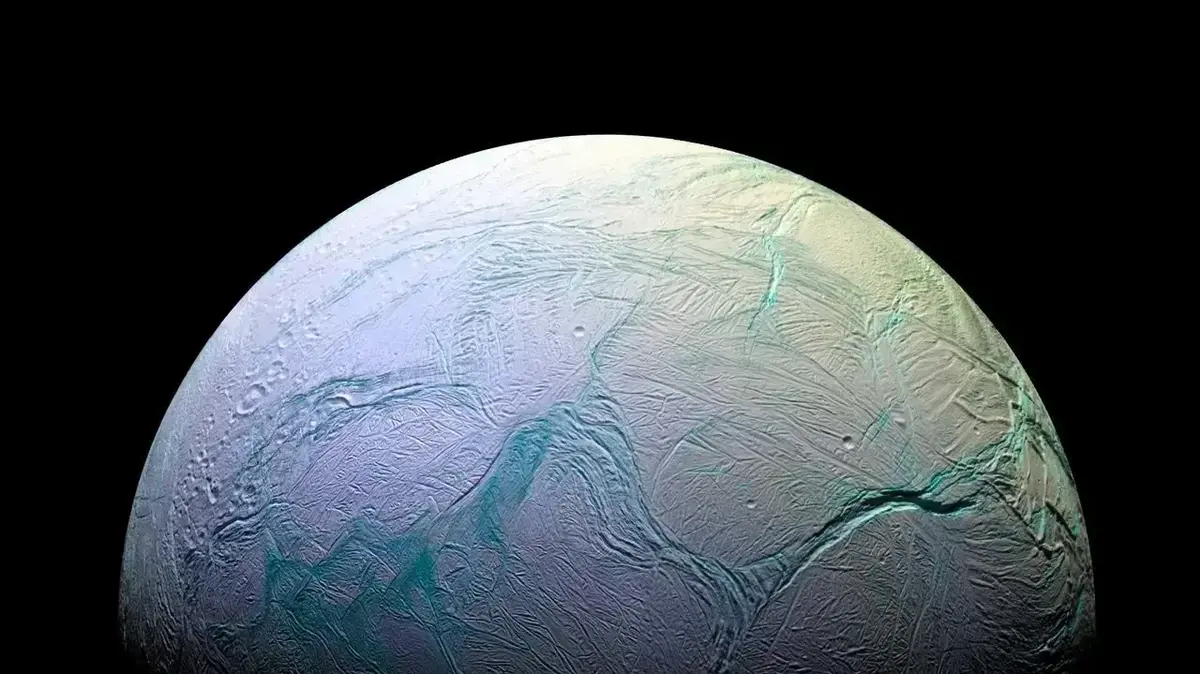Craters and long structures that could be the marks left by tectonic movements: this is how the frozen surface of Ganymede, the largest moon of Jupiter and the Solar System, appears in the most detailed images ever, captured by NASA's Juno probe in the close passage of 7 June.
Occurred at an altitude of one thousand kilometers, the Juno overflight was the closest since the time of the Galileo probe which encountered the large satellite of Jupiter in May 2000.
Thanks to the new images it will be possible to know many details of this interesting celestial body, which holds large quantities of frozen water. "It will take some time to draw scientific conclusions, but in the meantime we can enjoy this celestial wonder," commented Juno's chief scientist Scott Bolton of the Southwest Research Institute in San Antonio. <BR
The first two images currently released by NASA were taken by JunoCam, a small camera designed especially for educational purposes and which can be controlled by the internet public, and by the Stellar Reference Unit, a camera that mainly serves to guarantee the route of the probe, and show details with a resolution of up to 600 meters.
The mission was launched in 2011 with the aim of studying Jupiter and some of its main satellites including Ganymede, first studied by Galileo Galilei in 1610. Juno arrived at its destination in 2016 and will continue to collect data at least until 2025 thanks to its 9 on-board instruments, of which 2 are Italian. Our country has provided an important contribution to the mission through the Italian Space Agency (ASI) and the National Institute of Astrophysics (Inaf) and industrial with investments by Leonardo and Thales Alenia Space Italia.




